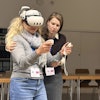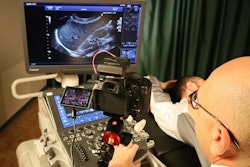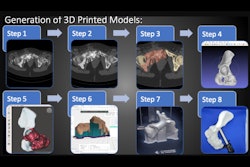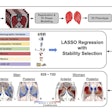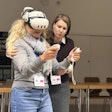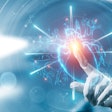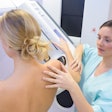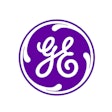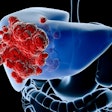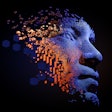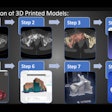AI luminary and computer scientist Geoffrey Hinton, PhD,’s 2016 prediction that AI would be able to do all of the things radiologists can do within five years was highly controversial in the radiology community – and ultimately completely off the mark. He acknowledged his error as part of a feature published on 14 May in the New York Times (access requires log-in).
Hinton was broadly correct that the technology would have a significant
impact — just not as a job killer, the article pointed out.
Hinton told technology reporter Steve Lohr that he spoke too broadly in 2016 and that he didn’t make it clear then that he was speaking purely about image analysis. Furthermore, he said he was wrong on the timing but not the direction, the New York Times reported.
In his new prediction, Hinton said that most medical image interpretation will be performed by a “combination of A.I. and a radiologist, and it will make radiologists a whole lot more efficient in addition to improving accuracy.”
When it comes to developing and deploying AI in medicine, radiology has been a prime target, the article noted. "Of the more than 1,000 AI applications approved by the Food and Drug Administration for use in medicine, about three-fourths are in radiology. AI typically excels at identifying and measuring a specific abnormality, like a lung lesion or a breast lump."
There’s been amazing progress, but these AI tools for the most part look for one thing, said Dr. Charles E. Kahn Jr., a professor of radiology at the University of Pennsylvania’s Perelman School of Medicine and editor of the journal Radiology: Artificial Intelligence.


